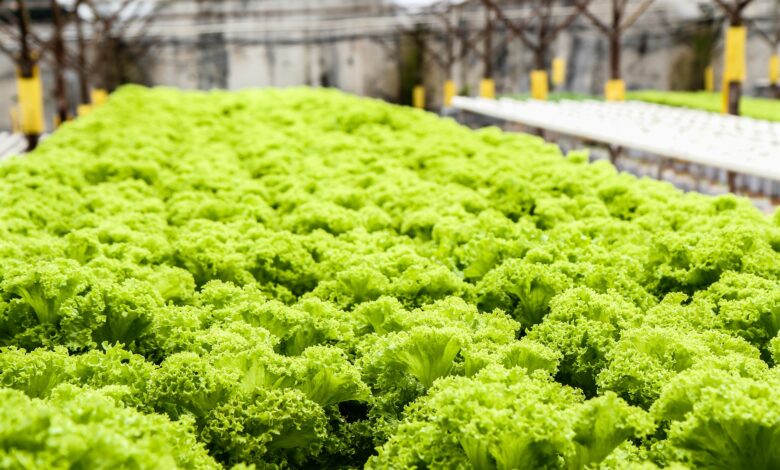A Guide On How To Use Hydroponic Nutrients



A cultivation method for plants without the use of soil is referred to as the hydroponic nutrients technique. Since nutrients are required to fulfill plants’ nutritional needs. You need to keep in mind the exact ratio of nutrients used for the growth of the plant and its overall composition.
The essential nutrients
Often, gardeners buy a ready-made nutrient mix for the hydroponic technique which simply needs to be diluted in water to get the desired ratio. However, try to purchase an essential nutrients mixture that has complete composition because mostly the ready-made nutrient mix doesn’t have the complete formula required for the plant to grow hydroponically. Some of the nutrients that are essential for plant growth are:
- Nitrogen (N)
- Potassium (K)
- Phosphorus (P)
- Calcium (Ca)
- Magnesium (Mg)
- Sulphur (S)
- Iron (Fe)
- Manganese (Mn)
- Copper (Cu)
- Zinc (Zn)
- Molybdate (Mo)
- Boron (B)
- Chlorine (Cl)
Of all these nutrients, their exact ratio varies from brand to brand, since you will not find one single formula for concentration. Also, you need not confuse because many compositions may contain added beneficial elements such as Nickel (Ni), Silicon (Si), Cobalt (Co), and Selenium (Se). These are not essential and plants can grow without them (just used for added benefits).
Mixing it up!
When the process of mixing begins, use a tank for a good mix because of turbulence. You will need to give your nutrients both space and turbulence for mixing all over. Either mix each nutrient separately and then combine or add all three to the tank. If you are confused about the use, check the label and use accordingly and monitor it daily. Especially the use of Epsom salt is labeled.
The right equipment
- The right scale for measuring ounces (oz) or grams (g)
- A vessel needed to use for scale
What problems to look for?
When you make your nutrient mix at home from different fertilizers salts or purchase a ready-made one, issues may arise due to deficiency of one or another.
Reasons for deficiency in hydroponic nutrients
- The nutrient ratio maybe low, or insufficient for the plant
- The formula may not be balanced or deficient in one
- Use of wrong fertilizer or unintentionally missed one
- Environmental factor
- Plant condition may also prevent the growth
Symptoms of deficiency
- Plants are short and leave tend to become shorter in nitrogen deficiency
- Pale yellow leaves
- Purple color let’s say; on tomatoes due to nitrogen-deficient
- Stunted growth of plants or dark color due to phosphorus deficiency
- Dark spots mostly in brown or black color occur due to potassium deficiency
- Tissue death
- Root tips may die or thickened; swollen due to boron deficiency
- Yellowing of the veins
- Wilted leaves due to chlorine deficiency
- Edges of leaves develop scorching or cupping in molybdate deficiency
By focusing on two main factors, you can yield maximum growth from hydroponic nutrient technique, that is, nutrient balance and its exact concentration. Even if things go wrong, you should be able to identify the problem or deficiency it might have, before it affects the growth of the plant. The nutrient you are using is complete and balanced, the deficiency or strength usually affects the growth pattern and plant development. It is very important to measure the solution before mixing, using a scale. The most used scale for concentration is electrical conductivity EC for accurate measurement. Other important scales are millimhos, micromhos, or millisiemens. The conversion is just simply a matter of decimal shifting between different units.
For the best result, it is important to closely watch the growth and development of your plant on regular basis.
If you are looking for a durable nutrient mix for growing indoor plants hydroponically, visit www.Dealzer.com for the best rates and offers on a vast variety of mixtures for your plants to achieve maximum growth rate.



